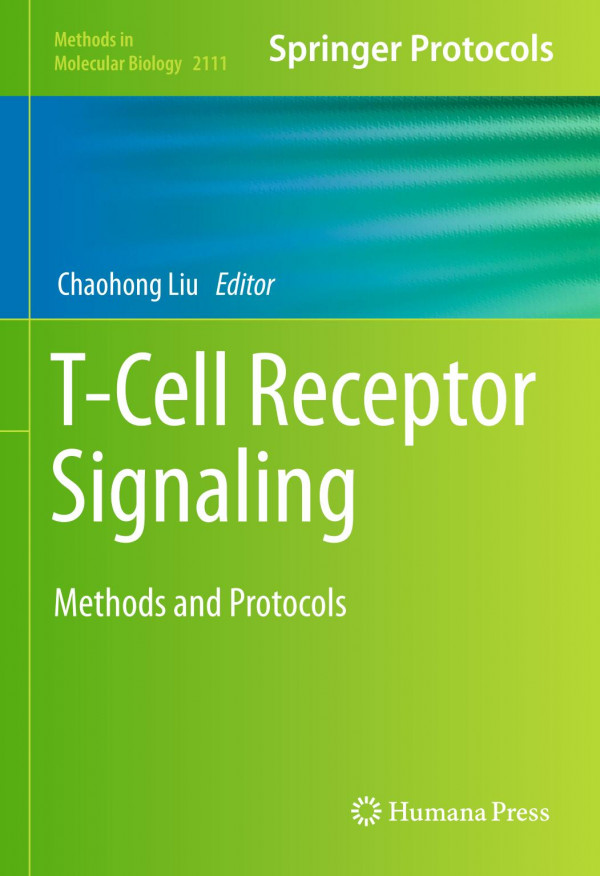

Most ebook files are in PDF format, so you can easily read them using various software such as Foxit Reader or directly on the Google Chrome browser.
Some ebook files are released by publishers in other formats such as .awz, .mobi, .epub, .fb2, etc. You may need to install specific software to read these formats on mobile/PC, such as Calibre.
Please read the tutorial at this link: https://ebookbell.com/faq
We offer FREE conversion to the popular formats you request; however, this may take some time. Therefore, right after payment, please email us, and we will try to provide the service as quickly as possible.
For some exceptional file formats or broken links (if any), please refrain from opening any disputes. Instead, email us first, and we will try to assist within a maximum of 6 hours.
EbookBell Team

4.1
80 reviewsProduct Description
This volume provides current and new advanced methods and protocols to study T cells. Chapters guide readers through T cell diversity using mass cytometry, analyzing T cells from single cell level, CRISPR/Cas9 techniques to study the T cell activation, techniques to study subsets of Tcell’s, procedures to study artificial antigen presentosomes for T cell activation, techniques to study the T cell development, two-photon microscopy, and MAIT cells. Written in the highly successful Methods in Molecular Biology series format, chapters include introductions to their respective topics, lists of the necessary materials and reagents, step-by-step, readily reproducible laboratory protocols, and tips on troubleshooting and avoiding known pitfalls.
Authoritative and cutting-edge, T-Cell Receptor Signaling: Methods and Protocols aims to provide a wide range of approaches and be an invaluable resource for present and future generations of T cell researchers.
From the Back Cover
This volume provides current and new advanced methods and protocols to study T cells. Chapters guide readers through T cell diversity using mass cytometry, analyzing T cells from single cell level, CRISPR/Cas9 techniques to study the T cell activation, techniques to study subsets of Tcell’s, procedures to study artificial antigen presentosomes for T cell activation, techniques to study the T cell development, two-photon microscopy, and MAIT cells. Written in the highly successful Methods in Molecular Biology series format, chapters include introductions to their respective topics, lists of the necessary materials and reagents, step-by-step, readily reproducible laboratory protocols, and tips on troubleshooting and avoiding known pitfalls.
Authoritative and cutting-edge, T-Cell Receptor Signaling: Methods and Protocols aims to provide a wide range of approaches and be an invaluable resource for present and future generations of T cell researchers.